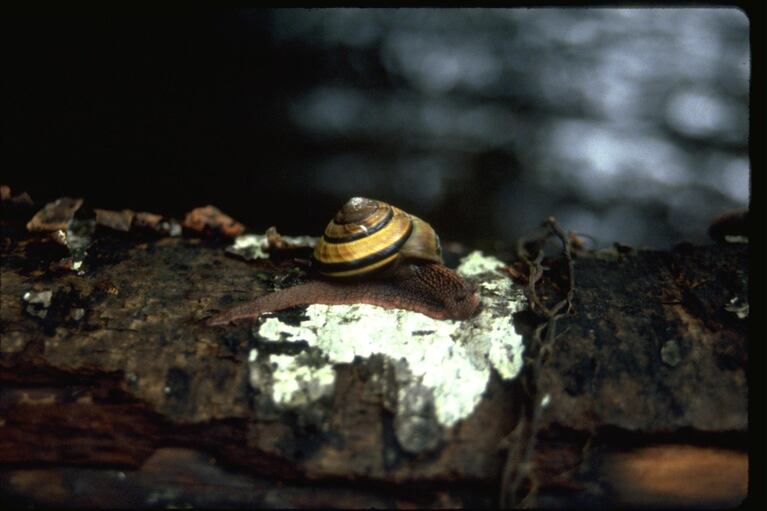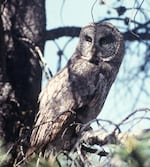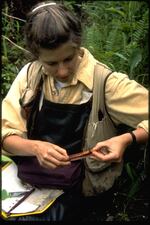
A snail found near Roseburg.
Bureau of Land Management
MEDFORD, Ore.-- Two federal agencies have settled a lawsuit with environmental groups over some of the slimier species that thrive in old growth forests.
The case was Conservation Northwest v Sherman. In the settlement, the Forest Service and the Bureau of Land Management agreed this week to abide by a 2001 court decision and to survey for a long list of rare species before timber sales and other disruptions to old growth habitat.
The agencies are required to survey for 66 species in particular, and research and investigate 310. The list is dominated by the same quiet, weird, wet species that you notice on a walk through an older forest: fungi, lichen, mosses, snails, slugs, and spiders. Only eight of the species on the list have backbones. The 310 species on the list are "the little things that make the forest work," says Steve Pedery, conservation director of Oregon Wild. It's one of the environmental groups that sued.
“Instead of constantly arguing over one species, as important as it may be, we’re actually trying to manage the entire forest, protect the entire system,” he says.
Because the species on the list are rare and often tiny, the forest service says finding them involves many people combing through the woods on their hands and knees. The surveys can take years to complete. The agencies are required to protect the rare species they find by leaving a buffer around them.
In the settlement approved this week, projects that thin for fire suppression or improve trails won’t require surveys first. The D.R. Johnson Lumber Company of Riddle, Ore. unsuccessfully tried to challenge the settlement, arguing that more public input was needed. Environmental groups and timber industry representatives agree that the terms of the settlement make it extremely difficult to cut trees in older forests on public land.
The American Forest Resource Council has questioned whether the species on the Survey and Manage list are rare enough to need protection. The industry is particularly frustrated by survey requirements for the red tree vole, a species it says is common in Southern Oregon.
"Each tree that is found to have a red tree vole has an acre of protection around it," says Ann Forest Burns, the council's vice president. "You end up with this Swiss cheese of clumps in an area of forest that you're trying to manage, with one-acre clumps that you can't enter."
Conservation groups say the vole is not as rare as they once thought, but is an important food source for spotted owls and is only found in old growth.





